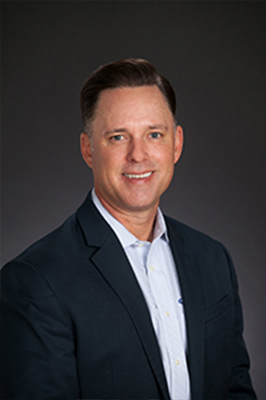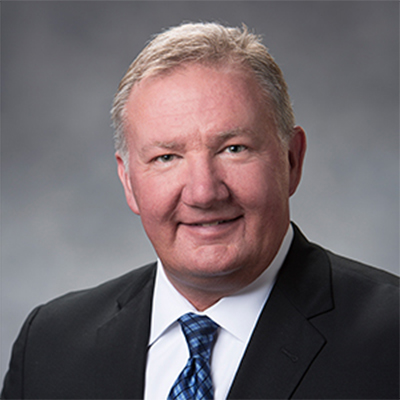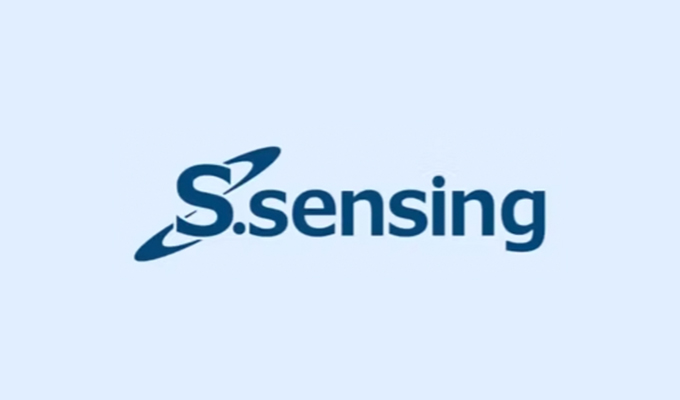
Across the water industry, new technologies are recognizing water as a finite resource, emphasizing resource recovery and reuse. Kurita America, the Americas branch of multi-billion-dollar, global water technology leader Kurita Water Industries, recently introduced its own innovation into the field, S.sensing CS, a cutting-edge digital automation system out of Japan for greater plant control, safety, and efficiency. Kurita America’s LaMarr Barnes, chief executive officer, and Brett Robison, strategic business leader, recently discussed this new technology on MPT’s podcast, The Efficiency Point. An excerpt of that conversation follows below.
MPT: As we look ahead to the new year, how would you assess the state of the water industry? Do you detect any changes in focus for a post-pandemic world?
LaMarr Barnes: From a state of the market, I would say that what I’m seeing is the acceleration of trends that already existed—specifically, around digital technologies, better sensing technologies, new technologies to target, removal of very specific ions, or new types of contaminants. I see a lot of great technology developments there.
MPT: How did Kurita America address the challenges of the last two years and where is the future taking you?
LaMarr Barnes: The last two years have certainly been interesting for us and for everyone. To begin with, with Kurita America we launched the new Kurita America April 1, 2020, just as the pandemic was taking hold in the United States. You may recall that Kurita America was developed from the combination of three previous operating companies, U.S. Water Services, Fremont Industries, and a smaller Kurita America that existed for some time.
MPT: Kurita’s new S.sensing CS technology is a new approach to resource management and water treatment, so how would you best describe it for the uninitiated?

LaMarr Barnes: All of our industry and our customers are becoming very directly involved in limiting and reducing their resource use, and water being one of those key resources. Whether you call it the circular economy, whether you talk just about green or reduction of carbon, these are so many different ways to talk about the same thing, but all of it requires us to be more mindful of our water use and S.sensing CS is certainly a technology that contributes to more effective treatment of wastewater.
Brett Robison: S.sensing technology came to us through our relationship and integration into Kurita and has been used in other markets outside of the United States in North America for several years. It’s proven technology, and really the concept behind it is more of the feedforward mentality.
In wastewater systems, typically you’re measuring something coming in—it could be pH, could be a lot of different elements—but ultimately you’re treating that system, then you’re looking for a result on the back end. The issue with that is that waste streams change, and as waste streams change, it adds complexity to the treatment scheme. Whether you’re feeding off a flow or you’re looking at some type of constituent that you’re trying to manage, oftentimes that load is fluctuating quite a bit.
It’s a wide varying environment, so the S.sensing technology is using a laser approach where we’re able to look at the water as it’s coming into the system and we’re able to control the feed of chemistry to optimize the approach and the feed system to match the actual loading that’s coming in. Think of it as real-time feed control as opposed to feedback control, where you’re using something on the back end of this system to change a setting or a pump to try to catch up.
FOR MORE INFORMATION
To listen to an extended version of this interview, be sure to subscribe to MPT’s podcast, The Efficiency Point.
MODERN PUMPING TODAY, January 2022
Did you enjoy this article?
Subscribe to the FREE Digital Edition of Modern Pumping Today Magazine!



